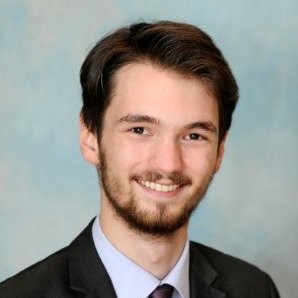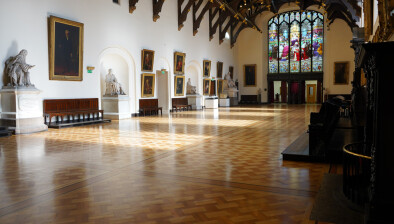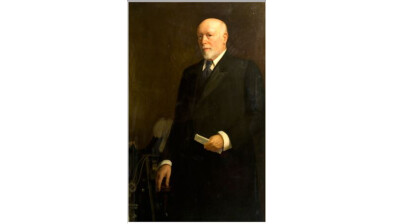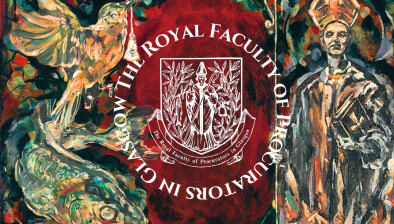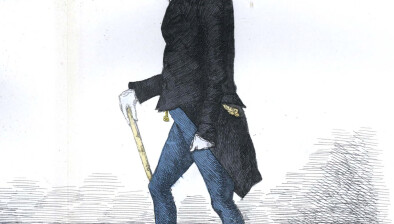Our Legal Heritage: The green and the rainbow
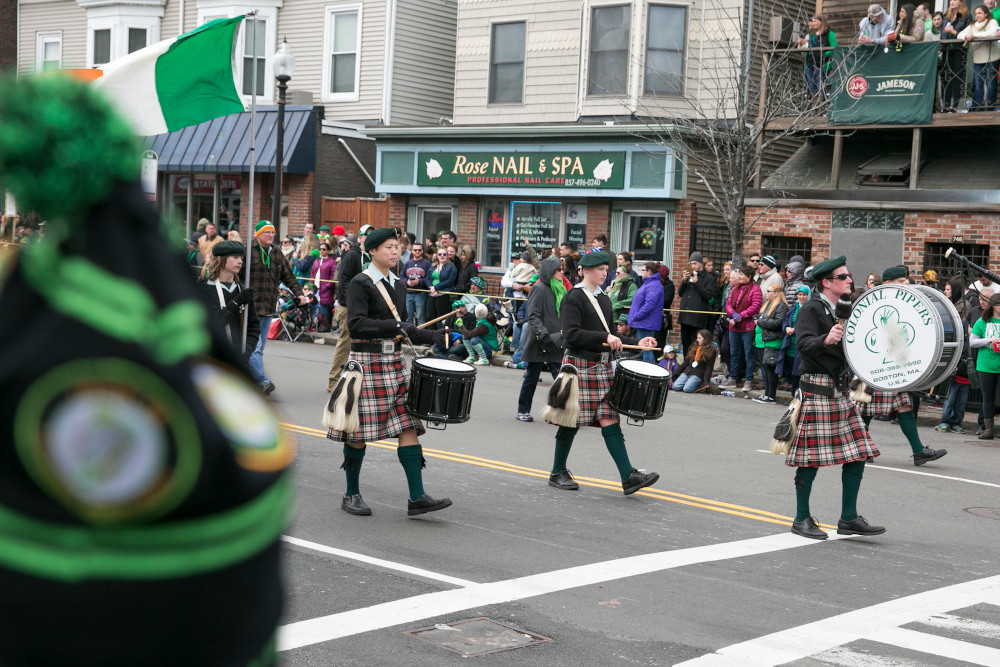
Credit: Massachusetts Office of Travel & Tourism (CC BY-ND 2.0)
St Patrick’s Day has long been a date of special significance in the Irish diaspora calendar, with Irish communities across the world marking the occasion with parades and céilís. This year in particular will see millions of people celebrating the day together for the first time in two years as the world begins to recover from the Covid-19 pandemic. But since the 1990s, St Patrick’s Day parades in the United States have also been a flashpoint in the struggle for LGBT+ rights as sexual minorities have sought a place in the celebrations.
Though the conflict in the famous New York City parade is perhaps best known, it was the Irish-American Gay, Lesbian and Bisexual Group of Boston (GLIB) which ended up coming before the Supreme Court of the United States in 1995 and redefining US law on freedom of association – but not in its favour.
The St Patrick’s Day parade
Boston’s St Patrick’s Day parade did not become an annual tradition until the 20th century. Though Boston Irish notes that Ireland’s patron saint was commemorated in the city as early as 1737, and more than 2,000 people took part in one unofficial parade in 1841, the parade in its current incarnation dates back only to 1901, when the city of Boston itself took on the role of organising the event.
In Boston and other parts of Massachusetts, 17 March is also commemorated as Evacuation Day, marking the day in 1776 when British forces were driven out of Boston during the Revolutionary War. In a nod to the shared meaning of the date, the parade became a celebration both of Irish-American culture and of US military veterans, with Major George F. H. Murray taking the prestigious role of chief marshall in the inaugural parade.
Shortly after St Patrick’s Day 1947, responsibility for organising the parade was effectively transferred by city authorities to the South Boston Allied War Veterans Council, which functioned as an umbrella body for various veterans’ organisations in south Boston. Each year, the Veterans Council applied to the council for a permit and duly received it, organising parades of up to 20,000 marchers and drawing crowds of up to one million spectators. Boston authorities subsidised the parade and allowed the Veterans Council to use the city’s official seal, but decisions on who could participate in the parade and how now fell to the Veterans Council.
The Irish-American Gay, Lesbian and Bisexual Group of Boston
In 1992, mirroring earlier developments in New York, GLIB was founded by locals from both the Irish-American and LGBT+ communities with the sole purpose of marching in the St Patrick’s Day parade. However, its application to join the parade that year was rejected by the Veterans Council, even with Boston’s mayor attempting to mediate and find a negotiated compromise. The crux of the issue was what the Veterans Council described as its “traditional religious and social values”. GLIB therefore turned to the state courts with a complaint of discrimination, succeeding in obtaining an order compelling the parade organisers to let them march.
The intervention of Massachusetts Superior Court, which found that the parade was a public rather than private event, paved the way for a 25-strong GLIB delegation to join that year’s 10,000 marchers. The Supreme Court later described GLIB’s participation in the 1992 parade as “uneventful” – though reports in the Boston Herald of counter-protesters, thrown drinks and obscenities suggest that may not be wholly accurate. Nonetheless, GLIB was undeterred and applied again the following year for permission to march. The Veterans Council was no more welcoming in 1993 than it was in 1992, and the group was again forced to obtain a court order to participate. The stand-off would only escalate.
Come 1994, with the Veterans Council again forbidden from excluding GLIB pending a ruling from the Supreme Judicial Court of Massachusetts, the highest court of appeal in the state, the organisers announced they would be cancelling the parade altogether. In its place, the Veterans Council organised what it described as a protest rather than a parade, taking the form of a motorcade along the same route. Its spokesperson, John “Wacko” Hurley, told the Boston Herald that the parade organisers would not “be dictated to by any radical group”, and that GLIB was “not going to shove anything down our faces that is not our traditional values”.
In July 1994, the Supreme Judicial Court of Massachusetts handed down its judgment, affirming the lower court’s decision that the parade organisers had discriminated by refusing to allow GLIB to join it. It said: “The judge [in the lower court] found that GLIB was excluded from the parade because of the sexual orientation of its members. Based on our review of the record before us, we cannot say that this finding of the judge was clearly erroneous.” The Veterans Council, however, was far from satisfied and began preparing an appeal to the Supreme Court.
Supreme Court
There was once again no parade in south Boston in 1995, with the Veterans Council again leading another small protest along the parade route. Meanwhile, GLIB marched in nearby Cambridge, Massachusetts, where city officials had organised an inclusive parade. Both were awaiting the beginning of oral arguments in Hurley v Irish-American Gay, Lesbian and Bisexual Group of Boston, Inc., which was scheduled for the end of April that year.
Boston attorney John Ward argued the case for GLIB and became, in the process, the first openly gay male attorney to make arguments before the Supreme Court. He had by then established himself as the leading lawyer for the LGBT+ community in Boston, having founded the Gay & Lesbian Advocates & Defenders (GLAD) in 1978 in the wake of mass arrests linked to alleged solicitation in the men’s rooms of Boston’s public library. Ward continues to practise as an attorney to this day, albeit now in California, while GLAD – now known as GLBTQ Legal Advocates & Defenders – continues to fight for LGBT+ rights across New England.
Lawyers for the Veterans Council told the court that they had no issue with LGBT+ individuals participating in their parade, but that GLIB’s banner – carrying the name of the organisation – had violated its First Amendment rights to free speech by diminishing its “traditional messages”, which were Catholic as well as Irish and had been undermined by GLIB. The Veterans Council complained that the Ancient Order of Hibernians (AOH), a long-standing religious component of the parade, had boycotted it in 1992 and 1993 over the “forced inclusion” of GLIB.
The court ultimately sided unanimously with the Veterans Council. In its judgment, handed down in June 1995, it said there was no dispute about “the participation of openly gay, lesbian or bisexual individuals in various units admitted to the parade … Instead, the disagreement goes to the admission of GLIB as its own parade unit carrying its own banner.” The court rejected GLIB’s right to be included, stressing that “one important manifestation of the principle of free speech is that one who chooses to speak may also decide ‘what not to say’”. The ruling remains one of the most important Supreme Court rulings on free speech and freedom of association.
Today
The Veterans Council maintained its ban on LGBT+ groups participating in the St Patrick’s Day parade until 2015, when it accepted an application from OUTVETS, a local organisation for LGBT+ veterans. When the ban was reinstated two years later, a sharp public backlash forced a U-turn. Finally, in 2018, the Veterans Council appointed the founder of OUTVETS as its director of parade operations, appearing to draw a line under the saga once and for all.
Across the rest of the US, some St Patrick’s Day parades have opened up to LGBT+ groups, while others – such as that in Staten Island, New York – continue to operate a ban, relying on the Supreme Court ruling in Hurley as legal justification. Whether their policies will change or whether the law is challenged again in future remains to be seen.





